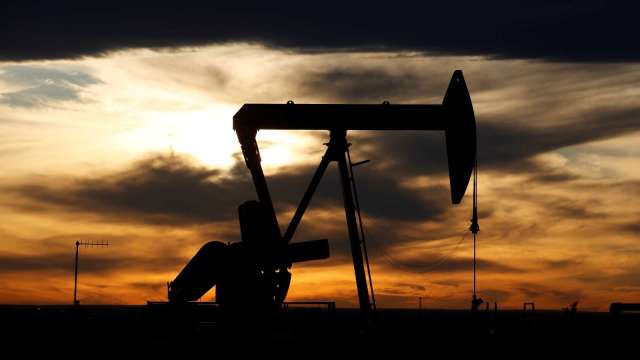International oil prices closed slightly lower on Friday (29th), ending a year in which crude oil fell for the first time since 2020, as market concerns about the demand outlook outweighed the possibility of supply disruptions and the effectiveness of OPEC+ production cuts.
energy commodity prices
- West Texas Intermediate (WTI) crude futures for February delivery fell 12 cents, or 0.1%, to settle at $71.65 a barrel.
- Delivered in MarchBrent crude oil (Brent) futures, the most actively traded Brent futures, fell 11 cents, or 0.1%, to $77.04 a barrel.
- Gasoline futures for January delivery rose 0.8% to settle at $2.103 a gallon.
- Delivered in JanuaryThermal Fuel FuturesPrices fell 0.1% to settle at $2.553 per gallon.
- Natural gas futures for February delivery fell 1.7% to settle at $2.514 per million Btu.
market drivers
US benchmark WTI crude oilIt plummeted 21.1% in the fourth quarter and fell 10.7% for the whole year.Brent crude oilIt fell more than 19% in the fourth quarter of this year, and the annual decline was 10.3%.
Gasoline futures for 2023 fell 14.5% and thermal fuel oil fell 24.1%. Natural gas plunged nearly 44%.
As the Organization of the Petroleum Exporting Countries and its allies (known as OPEC+) maintain production cuts, Saudi Arabia has voluntarily cut production by 1 million barrels per day since July, and Russia has taken action to restrict exports, spurring a rise in crude oil prices in the summer.
Although OPEC+ production cuts and Russia’s supply reduction measures have been extended into early 2024, crude oil prices still peaked in late September as the supply side failed to meet expectations of severe shortages. Analysts pointed out that this is because the United States has reached a record high in production this year, and the output of other non-OPEC oil-producing countries has also limited the upside potential of crude oil.
After the war between Israel and Hamas broke out in October, the market was worried that the conflict between the two sides might expand and spread to Iran and the United States, which would disrupt supply in the Middle East, spurring crude oil futures prices to rise. However, the rise failed to challenge the September high, and Because the situation did not escalate, its geopolitical risk premium quickly dissipated.
Oil prices then rebounded in December as Iran-backed Yemeni Houthi rebels attacked commercial ships in the Red Sea and diverted shipping, but the gains proved difficult to sustain. Instead, investors have begun to focus on the risk of oversupply and insufficient demand in the oil market next year, said Marios Hadjikyriacos, senior investment analyst at XM.
“Although OPEC+ has repeatedly taken measures to control output and support prices, it is unlikely to pursue the same strategy in the long term because it will allow U.S. producers to take more market share, and U.S. producers have increased output to record levels this year. . ”
At the same time, natural gas prices have fallen recently due to higher than normal winter temperatures, Rystad Energy senior analyst Lu Ming Pang reported on Friday.
Heating degree days (HDD), a common measure of heating demand, have so far been below normal, down 28 HDDs from normal reported on December 15. Although HDD is expected to rise until January 5, it is still slightly below normal levels.
“Demand for natural gas for heating may increase as a result, but will remain below seasonal normal levels,” Pang said. Warmer weather, high water levels in underground storage, and high domestic natural gas production are expected to suppress U.S. natural gas prices.
2023-12-29 22:41:16
#Energy #afterhours #demand #outlook #clouded #crude #oil #prices #fell #time #Anue #JuhengEnergy


